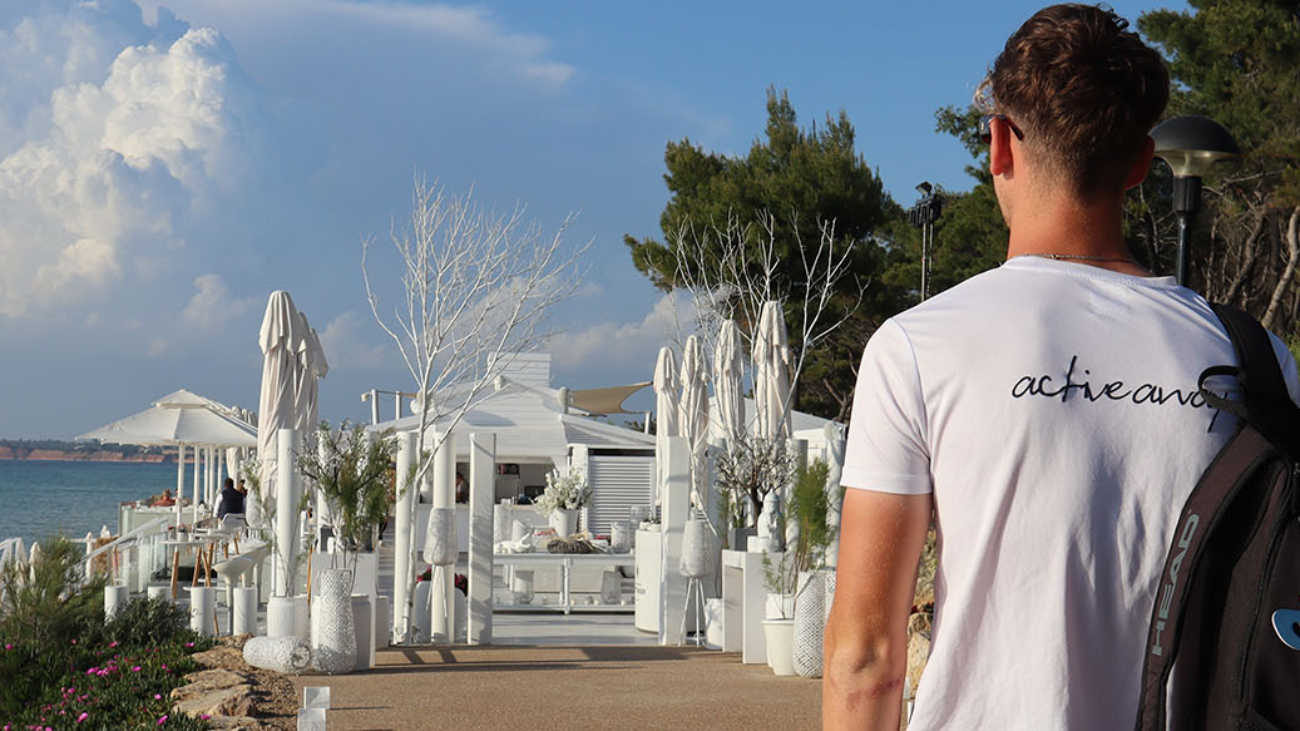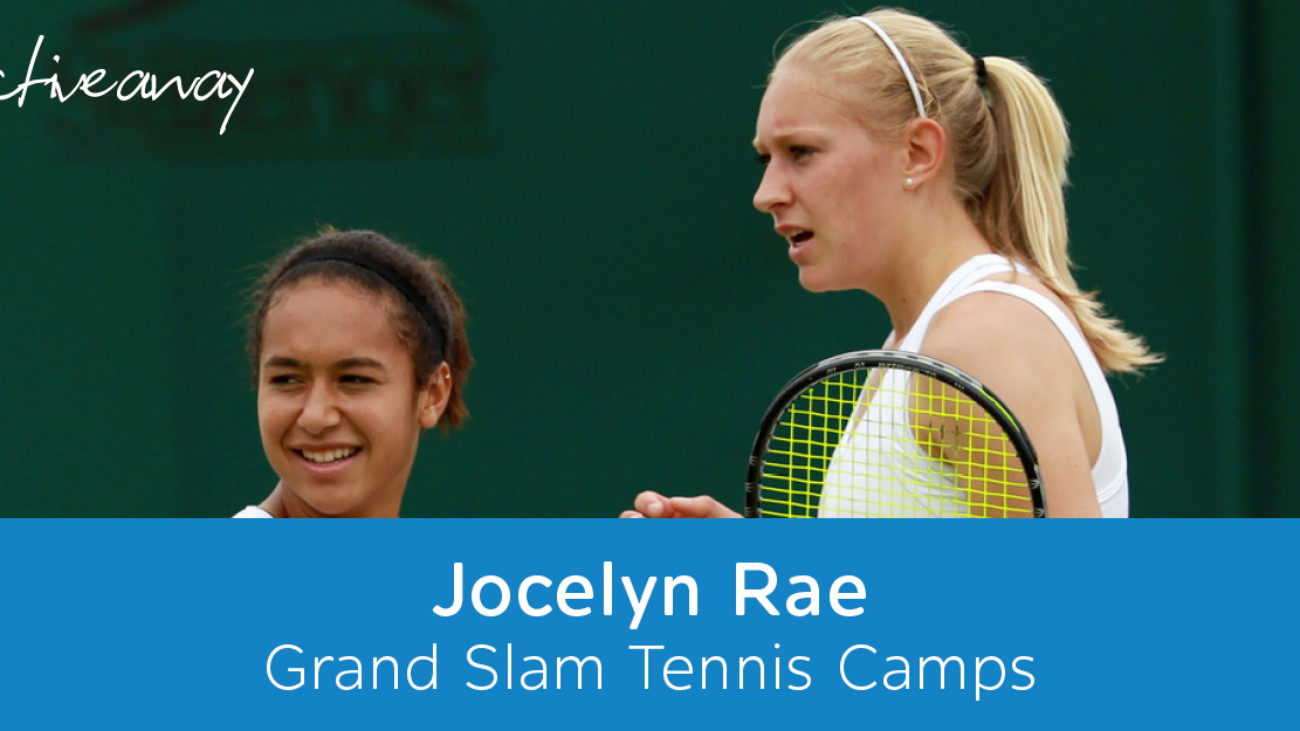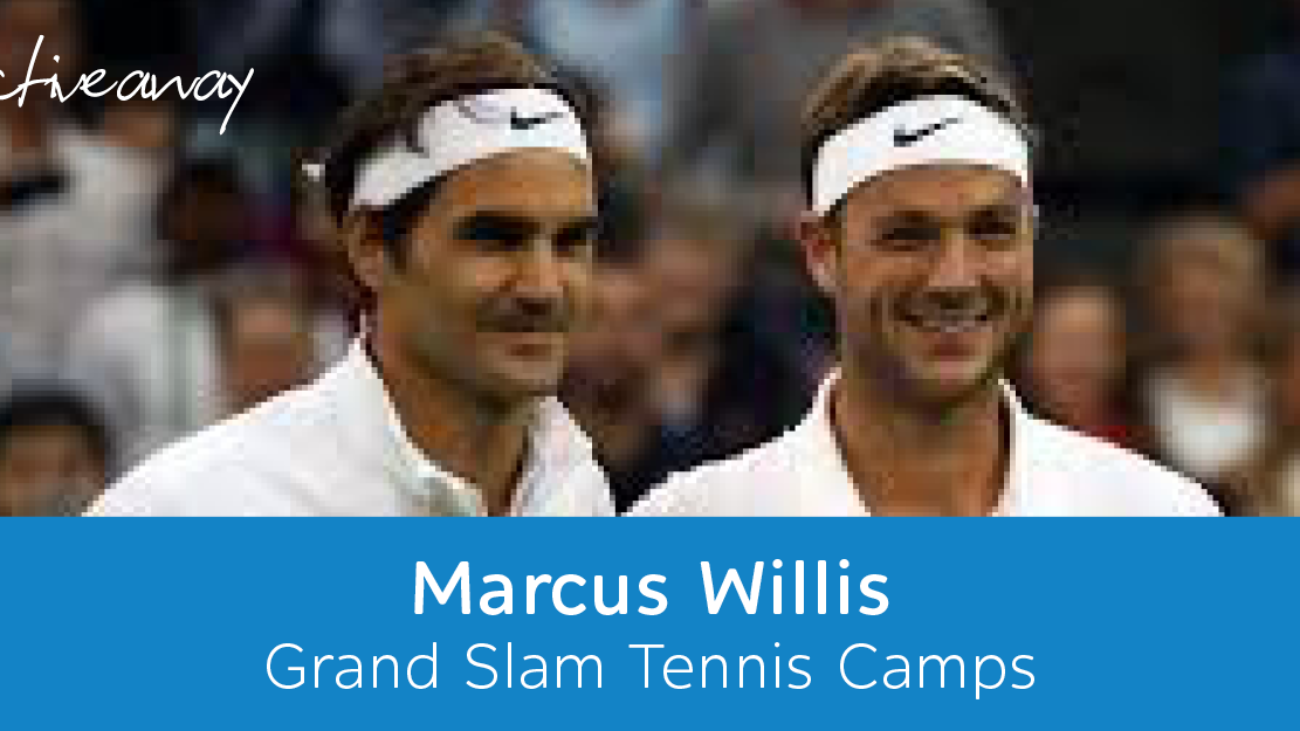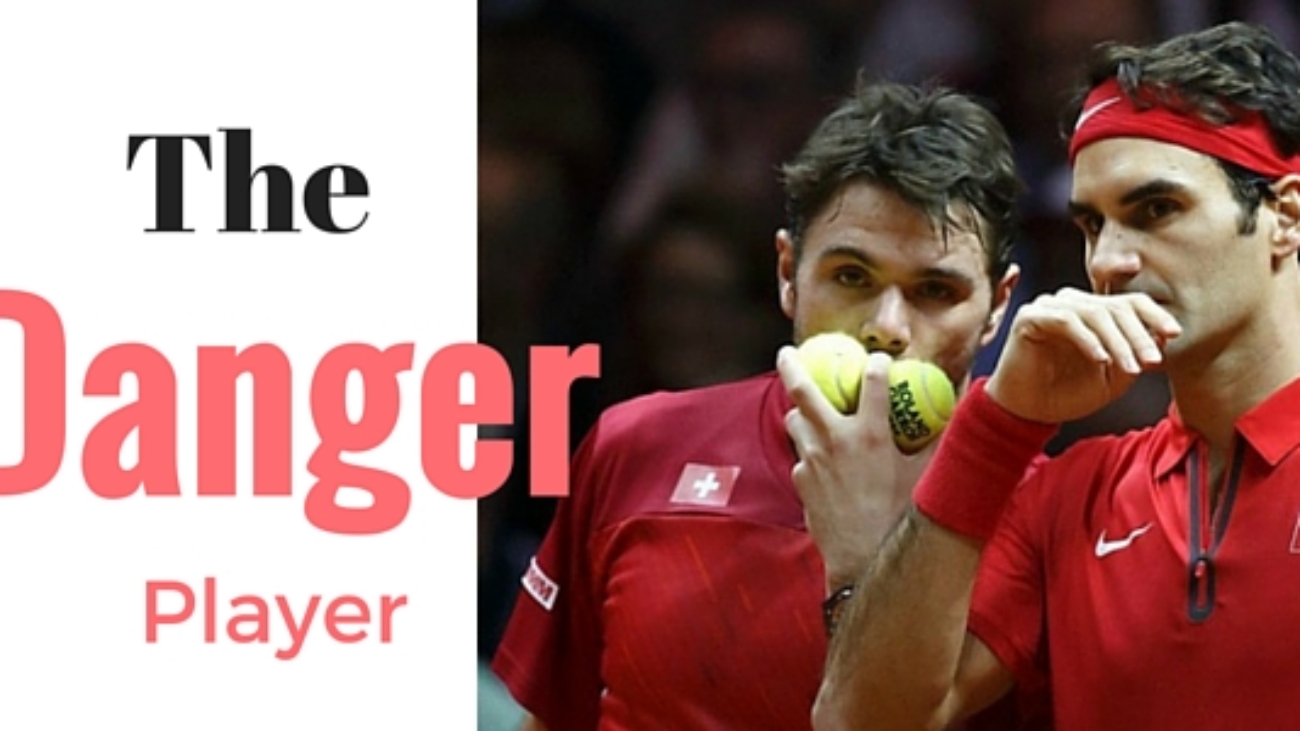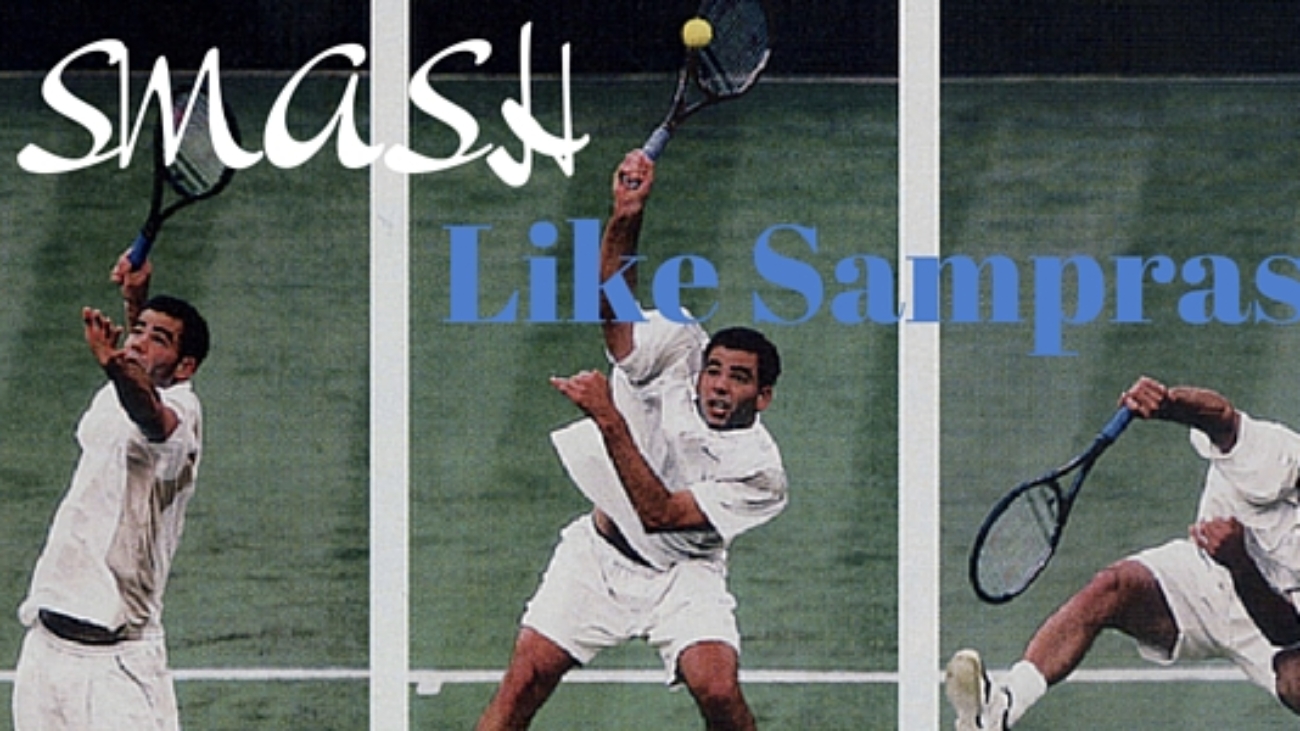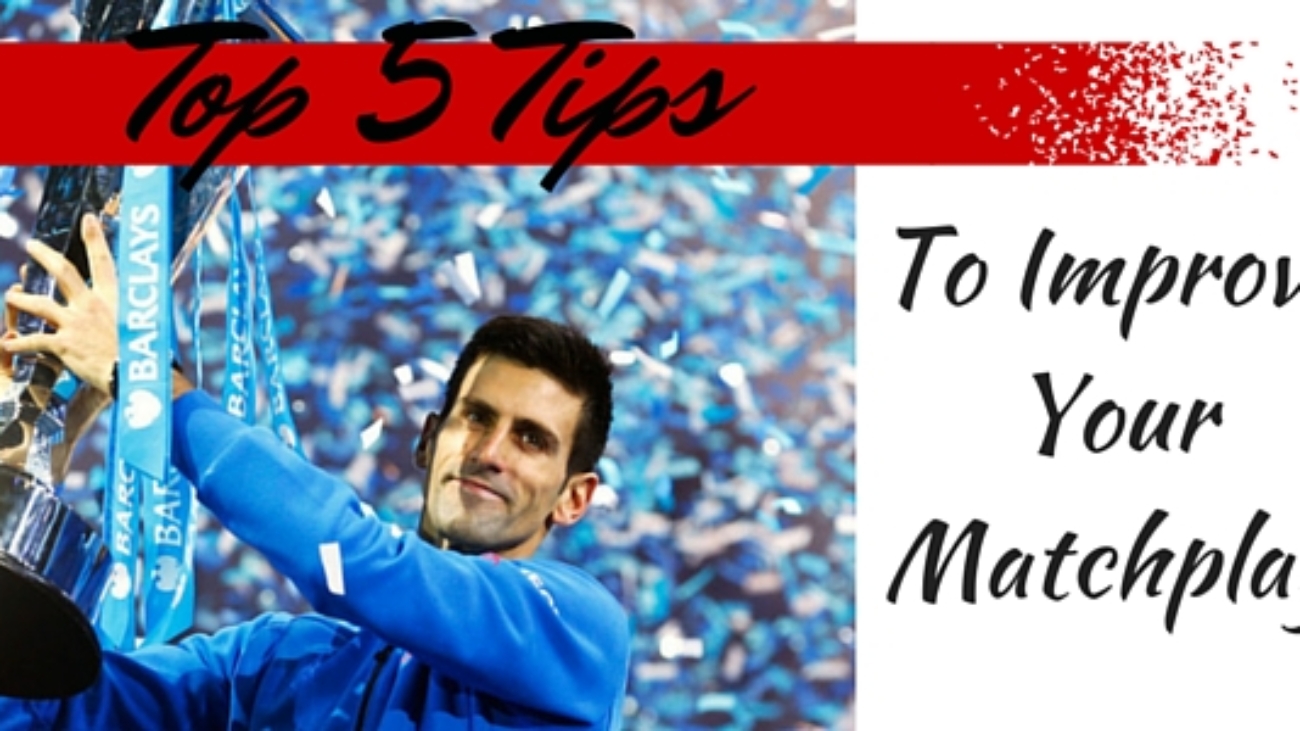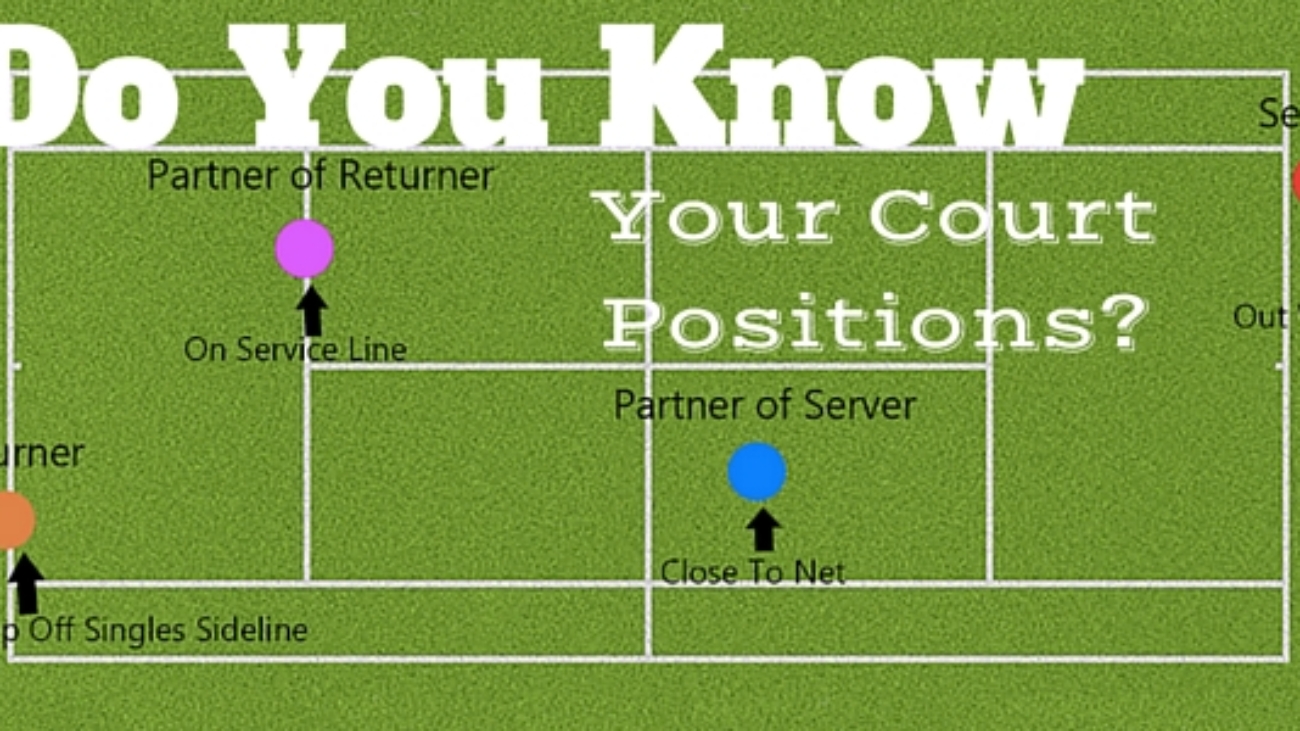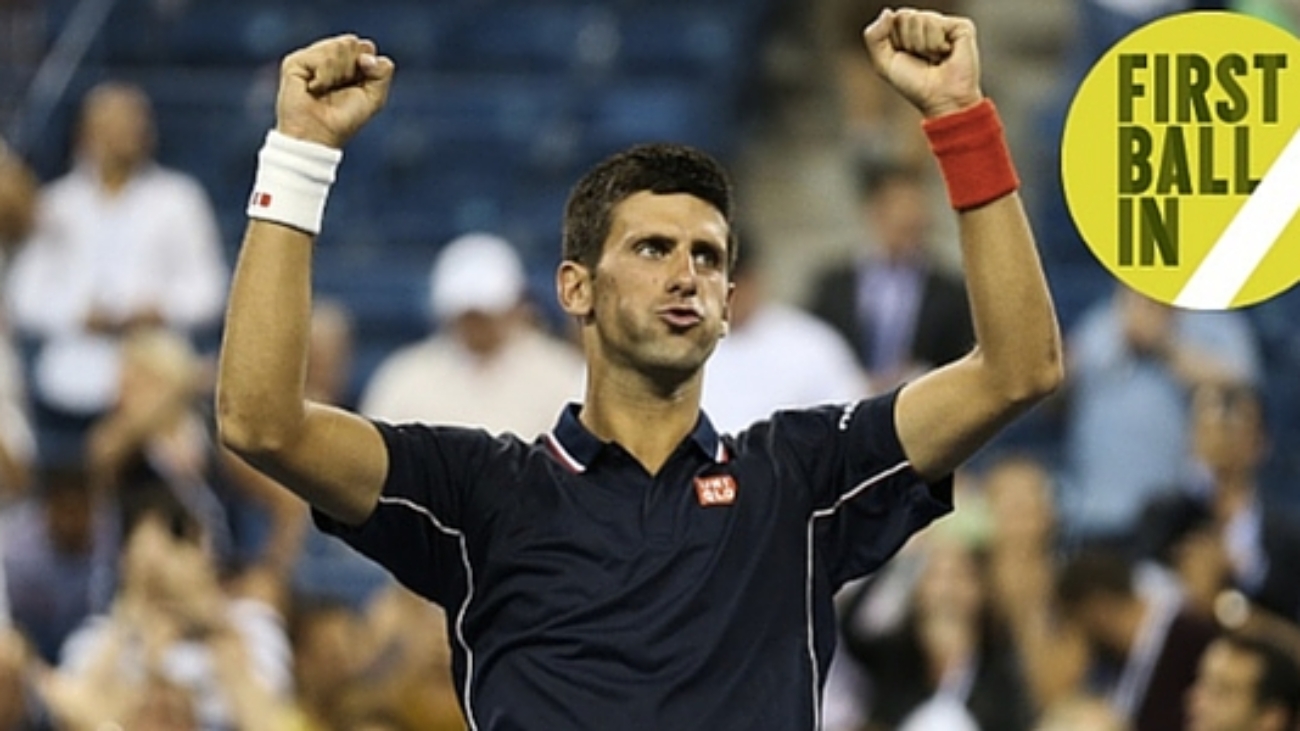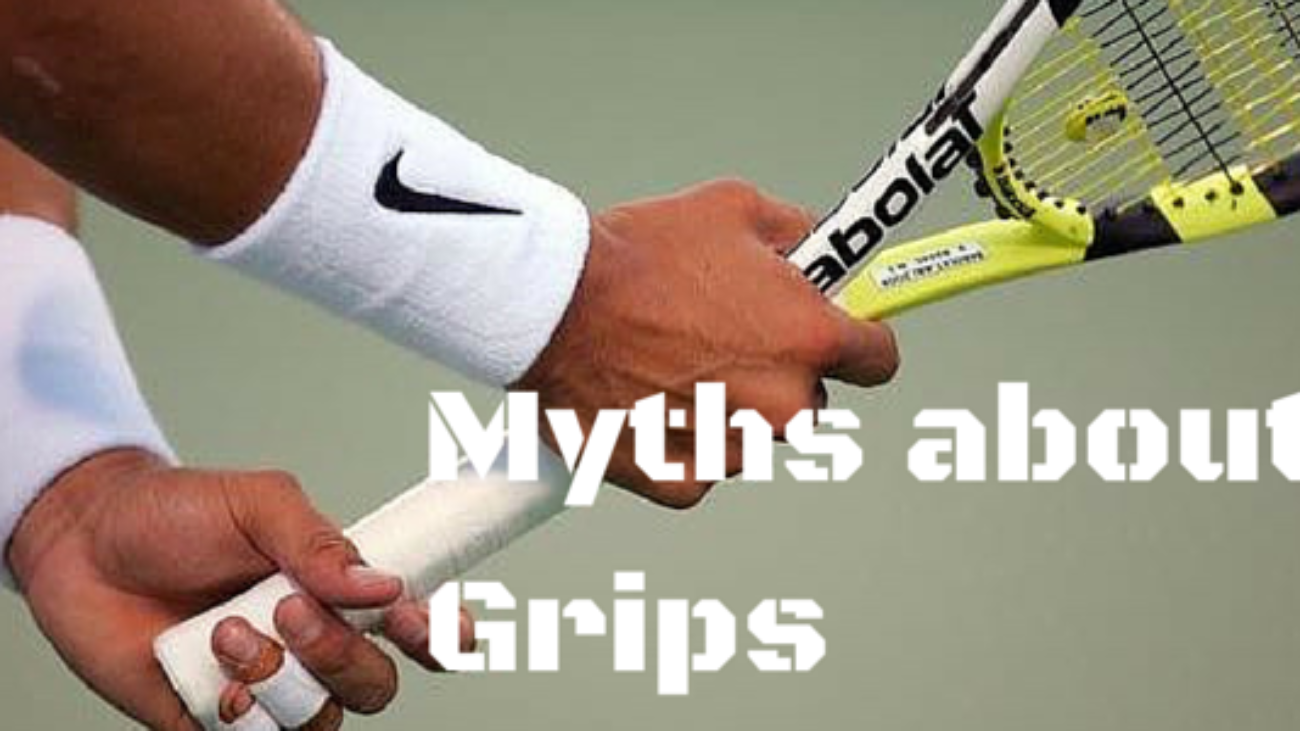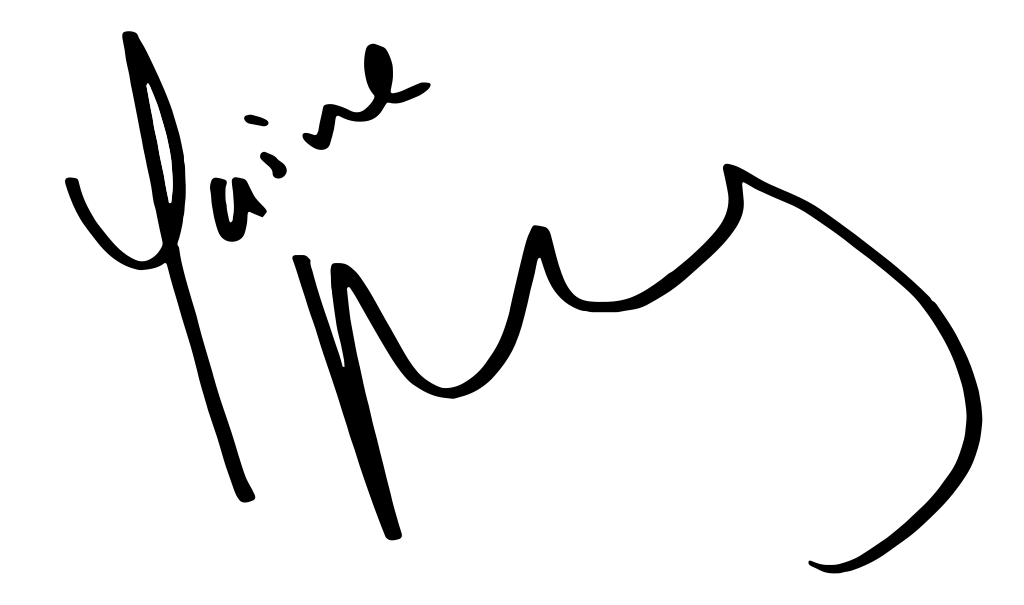The New Active Away Tennis Coach Onboarding Process: Building a Strong Team of Tennis Professionals.
The best tennis camp location
Our team at Grand Slam Tennis Camps are renowned for their careful selection of potential venues for our tennis camps.
For 2018 we’ve selected the prestigious New Hall School in Chelmsford.
From the moment Grand Slam Camp players first travel up the mile-long, tree-lined avenue that leads to the grand façade of the former Tudor palace, they will be made to feel welcome and excited.
Chelmsford is officially the UK’s hottest spot, with its own microclimate! Summers in Chelmsford have hit the heights of 35.2 degrees celsius. The city is ideally placed; the coast is a short drive away, as are historic Colchester and Cambridge.
The outstanding facilities on offer within the stunning 85-acre campus will cater for a camper’s every need.
New Hall is set in an idyllic and convenient location, just 30 minutes by train from London and within easy reach of all major London airports.
Food:
At New Hall, there is an offer a wide choice between hot and cold food, with plenty of fresh fruit, vegetables and salads. Proposed menus are reviewed by Nutritionist, Dr Juliet Gray RD RPH, along with the School’s medical team in the Health Centre. Weekly menus are put onto our website by our Caterers. We offer our campers a widely varied, healthy and tasty diet. We also attempt to cater for all tastes and preferences, including vegetarian.
When you’ve been running around on the tennis court you need to re-fuel regularly so there are also snack breaks to keep those energy levels up. Water is available throughout the day and coaches will always be encouraging players to maintain hydration.
We cater for students who have alternative diets or food allergies. Just advise us when booking.
Accommodation:
The modern and well equipped boarding houses have been carefully designed to be a ‘home from home’. All based on the stunning campus, each player will have their very own Single Room.
Facilities available to boarders include: common areas in each house with TV, DVD, computers (for work and play) and piano; sports hall, swimming pool, athletics track, tennis and netball courts, fitness suite and floodlit AstroTurf pitch; ICT suite; Eaton Theatre; The Library; and not forgetting the beautiful gardens and grounds.
On Site Facilities:
- 24 hour security
- Swimming Pool
- 10x All weather Hard Tennis courts
- 8x Astro Turf Tennis Courts
- Astro Turf soccer pitches
- Indoor Sports Hall
- Theatre
- Athletics Track
- Fitness Suite
As you can see this is the perfect Venue for our Grand Slam Camps.
We look forward to welcoming you on our 2018 Tennis Camp!
Why Grand Slam Tennis Camps, by Active Away?
Grand Slam Tennis Camps are no ordinary tennis camps, we use current professional tennis players to host and lead our tennis programme.
Head Coach at the tennis camps in 2018 is Marcus Willis a former top 300 ATP player, who recently played Roger Federer on Centre Court at Wimbledon in 2016, and Jocelyn Rae who won Gold at the 2010 Commonwealth games, has competed at every Grand Slam and represented Great Britain in the Fed Cup.
Jocelyn and Marcus will be on hand throughout the week to ensure your child has a tennis camp experience like no other – learning what it takes to play at the highest level.
Alongside the professional players, we have a coaching team with a wealth of experience; Matt, who managed the U12 Great Britain teams, Steve, who has produced numerous international level players and Josh, who has worked at various academies around the world. You can be sure that your child’s tennis camp and coaching experience will be like no other.
Your son/daughter with stay at Henry V111’s former Tudor Palace – New Hall School in Chelmsford, only 30 minutes from London, and have their very own bedroom. We believe it’s important for children to have their own personal space, and this adds to the tennis camp experience.
Chelmsford is officially the UK’s hottest spot! Summers in Chelmsford have hit the heights of 35.2 degrees Celsius, so you can be sure of a fun filled summer tennis camp.
Getting to the tennis camp couldn’t be easier – Stansted Airport is just 45 minutes from New Hall, whilst Gatwick and Heathrow airports are only one hour 30 minutes away, all of which offer international transfers. There is also London Southend Airport within 30 minutes of New Hall School, which offers transfers to locations such as Geneva, Spain and Italy. By rail, New Hall School is only 30 minutes from London, from Chelmsford’s train station.
</br/>
We look forward to welcoming you on our 2018 Tennis Camp!
Jocelyn Rae – Grand Slam Camps by Active Away
Grand Slam Tennis Camps are no ordinary tennis camps, we use current professional tennis players to lead our tennis camp programme.
Heading up our 2018 Summer Tennis Camp is Jocelyn Rae;
Jocelyn started playing tennis at the age of 7 at local tennis club Woodthorpe. She had a successful junior career reaching the finals of the prestigious Orange Bowl Championships in Florida at 12 years old and later winning the under 18 UK national championships singles and doubles. Jocelyn represented Great Britain as a junior from the age of 12, and reached a career high junior ITF ranking of world no. 167 in April 2007.
One of Jocelyn’s biggest achievements came in 2010 when partnering Colin Fleming, she won the gold medal in the 2010 Commonwealth games in Delhi for Scotland. This success saw Jocelyn receive her first Fed Cup call up in 2011, where she partnered Heather Watson to defeat Switzerland followed by Denmark’s pairing of Mai Grage and former world no.1 Caroline Wozniaki.
Jocelyn in 2017 made the Quarter Finals of Wimbledon and faced Jamie Murray and Martina Hingis!
Jocelyn Rae brings her tour experience to our Summer 2018 Grand Slam Tennis Camps.
She will be heading up the program at our Summer Tennis Camps in 2018 so will be excited to get on court with you.
We look forward to welcoming you on our 2018 Tennis Camp!
Marcus Willis – Grand Slam Camps by Active Away
Grand Slam Tennis Camps are no ordinary tennis camps, we use current professional tennis players to host and lead our tennis camp programme.
Heading up the Summer 2018 tennis camps is Wimbledon player; Marcus Willis. Marcus Willis began playing tennis at the age of 9, and reached the No. 15 in the world as Junior, making the latter rounds of the Junior Slams as well as representing Great Britain.
In 2016 – Marcus Willis faced Roger Federer on Centre Court at Wimbledon.
After the match Federer was quoted saying; Marcus Willis brought an unbelievable energy to the court with the fans and his personality, it was refreshing. He came up with some great shot making. I knew it would be different to any other match I have played at Wimbledon, it was a pleasure to play against him.’
In 2017 Marcus Willis became a coach at Warwick Boat Club and is working with a number of top British Junior players.
Marcus Willis brings this wealth of experience on the tour to our Summer 2018 Grand Slam Tennis Camps.
He will be on court throughout the week during our 2018 Summer Camp to advance your tennis to the next level!
We look forward to welcoming you on our 2018 Tennis Camp!
Active Away Tennis Holidays Blog: Guide to Improving Your Doubles Part 12
- Where are you standing when you are the returners partner? You should be on the service line next to the T, almost in the centre of the court. The reason for this is that you are plugging the gap that the “Danger Player” (we discussed this in the previous blog) wants to hit in to, this is the easiest place for them to hit their volley. You stand here to give yourself half a chance of scraping that ball back but also to put them off a little, give them something else to think about.
- Where are you facing? You should have your hips, shoulders and eyes facing the “danger player” that player is your primary concern. Turn your body to face them, whatever you do, do not turn and look at your partner as they hit their return (this is hospital tennis).
- When you start in this position you are in a defensive position and this is where most recreational level players stay. I see very little movement from this position. As soon as the return is hit, one of two things are going to happen. Ether your partner hots a good return and fires it back to the server or its a bad return and the volleyer intercepts. As you are now standing in the correct position if the worst case happens and the “danger player” intercepts they can either volley it at you or go for the angle (good luck with the angle, that’s a 3 out of 10 shot). If your partner hits a good return back to the server this is when you need to move forward and become the “danger player”. The “danger player” position switches throughout the entire rally – so sorry there is no rest for you net players.
Time is short on the doubles court, and the person who understands it best has a huge advantage over others.
Tennis Holidays are a great way to make real progressions in your game, it is an intense week of learning new skills in the morning and putting them in to practise in the afternoons. Being able to play for 20 hours in one week means that you can really make changes in your game fast! Our Tennis Holidays our suitable for all levels whether you are a complete beginner through to county level players – everyone is welcome!
Active Away Tennis Holidays Blog: Guide to Improving Your Doubles Part 11
Did you manage to read part 10 last? We looked at improving your smash, I had some great feedback from that blog post. If you haven’t read it yet, click here to have a read.
In this post we are going to look at the player who is the servers partner. Picture the scene, your partner is ready to hit their first serve. You are correctly The Danger Player, as you are the first person that can have a real impact on the point (depending on how good your partners serve is). But where are you standing? Who are you focused on? What are you thinking about doing? Where are you aiming? Three questions that we are going to work through the answers to.
- Where are you standing? There are two elements to this answer, how far up the court are you and how far in to the court are you. There is no absolute hard and fast rule about where you should be as this will depend on how offensive your partners serve is and how athletic you are. There are however a couple of principles you can follow.
- In terms how wide you stand the simple rule is you need to be able to cover the trams in one step. At a professional level they probably stand with their outside foot in the middle of the service box, they can get away from this as they read the game fast and incredibly athletic.
- How far up, as a general rule I would suggest being approx half way up the service box
- Who are you focused on? The key player for you here is obviously the returner. Focus all of your concentration on them, make sure you are facing them with an aim to try to intercept the return.
- What do you want to do? Your goal is to intercept their return. If they have not once hit down your line you should feel quite free to intercept the return, they might not even be able to hit down the line – ask them this question. Don’t feel like you need to run across the entire court, just ensure that when you move, you move diagonally forward cutting down the angle, you will not need to cross the centre line to intercept effectively.
- Where are you aiming? This is simple if you intercept and you make contact with the ball above the height of the net you aim at the shoe laces of your opponent. If the ball is below net height do you best to control the volley back to the baseline. These rules are set – use them and this will make a huge difference to your game.
Tennis Holidays are a great way to make real progressions in your game, it is an intense week of learning new skills in the morning and putting them in to practise in the afternoons. Being able to play for 20 hours in one week means that you can really make changes in your game fast! Our Tennis Holidays our suitable for all levels whether you are a complete beginner through to county level players – everyone is welcome!
Active Away Tennis Holidays Blog: Guide to Improving Your Doubles Part 10
Did you manage to read part 9 last week based on improving your volley technique, I had some great feedback from that blog post. If you haven’t read it yet, click here to have a read.
In the part we are going to look at simple ways to improve your smash, specifically at the arm movement. As a doubles player, the smash is an essential weapon in your arsenal since you are looking to spend the majority of your time at the net and closing the net down.
Essential Elements
The key to improving your overhead is understanding, learning, and practising a three essential elements:
- Unit turn
- Movement (footwork)
- The arm swing
In this blog will will focus on the arm movement.
Before I start discussing the arm moevment, I want to stress the necessity to learn and to use the continental grip around the net, on the serve, and on the overhead. The continental grip, along with a good unit turn as described next, is what allows greater racket acceleration and, therefore, ball speed.
The arm swing
The first step to creating a great arm swing, as in all the shots, it is creating the turn position with your feet and torso as described in part 8.
The second step is getting to the tick or trophy position. There are a 2 ways to do this:
- The racket drop. The racket falls along the side of the torso with the tip pointing more or less straight down at the court, then swings up like a pendulum in to a tick position creating a lot of momentum.
- The abbreviated takeback. Just like on Rafa’s serve the racket doesn’t drop instead it comes straight to the tick/trophy position
You can use either of these methods but bear in mind if you don’t have much time option 2 would be used.
The third step is the swing to contact. The simplest way to think of this is think as though you are throwing your racket at the ball., if you over think this and break it down in to too much detail you will struggle. If you have a correct relaxed service motion, you shouldn’t have to think about all this too much and it will probably happen naturally.
A simple way to improve this motion is to practise throwing, (as a guide you should be to be able to throw the ball from the baseline to at least the service line on the other side), if you cant do this then practise, if you can do this you should be able to generate good racket speed.
Overall, what makes the overhead difficult is the ability to move in position with the proper turn position. The unit turn and the movement, I believe, are the two areas where the average player needs to focus. The arm swing is important, but as your serve arm swing improves in this area so will your overhead swing. As I mentioned above, conquering the ability to do the cross steps as you initiate the turn will go a long way in making the overhead the best part of your game.
The Overhead Game
There is a great live ball overhead drill that I have used many years with my high school doubles teams to work on implementing the overhead in matches.
One team is back at the baseline and one team is at the net. Your coach or one of the back players starts the point by lobbing to the net players. The lob feed should not be too tough or too easy. The net players cannot let the ball bounce either on the lob or the volleys.
After the lob is hit, the point is live. The baseline players can do anything they want — lob, hit, go to the net, etc.
First team to five points wins, then everyone rotates (clockwise) one position and the game starts again. Rotating the positions gives the players practice from both halves of the court, which is important because of the differences in the angles.
This drill is a great way to just get completely comfortable with hitting overheads everywhere on the court. Even if you are a singles player, it gives you the repetitions and the variety of movement and positions on the court that you need.
If you haven’t really developed an overhead, this game can be difficult at first because so many of the overheads are hit while moving back. Overall, though, it’s the best way I know of to develop those critical cross steps. You’ll know you are getting better when the team hitting the overheads starts to win the majority of the games.
Tennis Holidays are a great way to make real progressions in your game, it is an intense week of learning new skills in the morning and putting them in to practise in the afternoons. Being able to play for 20 hours in one week means that you can really make changes in your game fast! Our Tennis Holidays our suitable for all levels whether you are a complete beginner through to county level players – everyone is welcome!
Active Away Tennis Holidays Blog : Tennis Crimes part 5
YOURS, YOURS !!!!!
Hi everyone and welcome to part 5 of our tennis crimes series, todays crime is again one we see all the time on our tennis holidays and focuses within the doubles game and really highlights the importance of communication.

So here’s the scenario, you and your doubles partner have attacked the net. Your approach wasn’t fantastic and your tactically astute opponents have been able to guide the ball accurately down the middle causing confusion and disarray between you and your partner… and here comes the crime, both players shout “yours” and the ball sails down the middle of the court for an easy winner with both players unhappy at their partners lack of assertiveness.
So ask yourself these questions:
-
What does your ready position look like?
-
When should you be in the ready position?
The ready position is the foundation for almost all of your footwork when you are playing tennis. How you move around the tennis court in one way or another relates directly back to your ready position.
[divider scroll_text=””] A good ready position
A good ready position
- You want your feet about shoulder width apart, or a little bit wider.
- Your knees should be slightly bent and your weight should be on the balls of your feet, not the heels.
- Your upper body should be relaxed, with your arms and the tennis racket out in front of your body.
- Angle the head of your racket up a little bit.
- It’s also important that your upper body should not be hunched over, bending forward. Your back should be straight so that with your legs bent it is almost like you are sitting in a chair.
- Your eyes should be on your opponent and especially the tennis ball, not looking down at the tennis court.
- Practically speaking, when you are in the ready position you want to be about a foot shorter than your normal height, which is a good athletic height.
“GET READY, STAY READY”
Active Away Tennis Holidays Blog: Guide to Improving Your Doubles Part 9
Did you manage to read part 8 last week based on improving your smash we focused on talking about the importance of the unit turn. People seemed to really like it. If you haven’t read it yet, click here to have a read.
In the part we are going to look at the next key element to improving your smash, your movement. The smash is an essential weapon in your arsenal since you are looking to spend the majority of your time at the net and closing the net down.
Essential Elements
The key to improving your overhead is understanding, learning, and practising a three essential elements:
- Unit turn
- Movement (footwork)
- The arm swing
In this blog post will will focus on your movement for the smash, the arm swing will be covered in part 10.
Before I start discussing the movement, again I want to reiterate the necessity to learn and to use the continental grip around the net, on the serve, and on the overhead. The continental grip, along with a good unit turn as described next, is what allows greater racket acceleration and, therefore, ball speed.
Movement
Beyond the technical differences in the preparation, the biggest difference from the serve is that the player must move to the ball. How a player moves his/her feet to position themselves on any shot is key to achieving great success in your game. But on the overhead, the footwork is especially important and can be the difference between having no overhead and a having a very good one.
On the groundstrokes, players with good hands can sometimes get away with bad movement and still make a decent shot. But the overhead is a different story. Unlike the serve, which is hit from the same position on the court every time, the ball on the overhead is moving toward your side of the court. You can hit an overhead from literally anywhere on your side of the net. The ball is also descending from a much greater height than the serve toss. This is important because as the ball drops, it accelerates due to gravity. For these reasons it is vital to be ready when the ball passes through the hitting zone.
The ability to use Carioka (cross) and shuffle (side) are the keys to moving upward and back. These steps can also be used to move on diagonals across the court when the player needs to move sideways at the same time. If you want to maximize your ability to move on most overheads, do not rely only on shuffle steps alone. This is where most players make their first mistake.
Shuffling is an inefficient way of moving either forward or backward when needing to move over a greater distance. There are many instances where you will see a great player shuffle back or forward to hit an overhead, but usually it is on a ball where they have a lot of time, and/or not much movement either forward or back is required.
They come into play on all the shots in the game at certain times. They are just especially critical on the overhead.
Mastering the ability to rotate your body and then use these crossing steps will increase the distance you can cover – and your power on the overhead. The tough thing about gaining this ability is to be able to do it with the arms moving upwards into the air.
Backward Movement
The key to moving backward is to take a cross step backward with the front foot toward the baseline. So the front foot actually crosses over the rear foot in this first move.
In many ways, the best way to practice this crossstep movement is without the ball. Put yourself into the turn position with your arms up and move backward with the front foot crossing in front of the rear foot. Keep practicing it until you can run at full speed and still feel secure in your balance.
As you get more confident with this movement you can experiment with jumping from the back leg to make the upward motion more explosive. Most good players do this on most overheads because they are moving back at the time of the hit to deal with the lob attempts of opponents.
Even on a bounce overhead, the crosscourt movement is usually crucial to getting into position quickly. Even when you get what seems like a relatively easy overhead, get into the habit of taking that initial backwards cross step. You will be amazed how fast and far back you can get using the correct footwork.
Forward Movement
The key to forward movement is similar to the backward movement. When they have any significant distance to cover, the players will use the cross step pattern. Now the first step is forward with the rear foot.
The side on which the rear foot crosses the front foot depends on whether the player is moving forward to the left or right. When the player moves to the right and forward, the rear foot will cross to the right side of the front foot. When moving left and forward, the rear foot will cross to left side of the front foot. In each case, though, the rear foot is stepping towards the net.
Sometimes there is a combination of cross stepping and shuffling after the cross step, depending how far or how fast the player has to move. But, most importantly, the first reaction with your feet is the key. The cross step is what facilitates and maintains the unit turn as a player moves to position for the lob.
Tennis Holidays are a great way to make real progressions in your game, it is an intense week of learning new skills in the morning and putting them in to practise in the afternoons. Being able to play for 20 hours in one week means that you can really make changes in your game fast! Our Tennis Holidays our suitable for all levels whether you are a complete beginner through to county level players – everyone is welcome!
Active Away Tennis Holidays Blog: Guide to Improving Your Doubles Part 8
Did you manage to read part 7 last week based on improving your volley technique, I had some great feedback from that blog post. If you haven’t read it yet, click here to have a read.
In the part we are going to look at simple ways to improve your smash. As a doubles player, the smash is an essential weapon in your arsenal since you are looking to spend the majority of your time at the net and closing the net down. If you get a chance to hit an overhead, the point should be over in most cases. It’s true for the pros and it should be true for you, too. The overhead is a put-away shot. If yours isn’t, then you are giving away what should be free points.
[divider scroll_text=””]Essential Elements
The key to improving your overhead is understanding, learning, and practicing a three essential elements:
- Unit turn
- Movement (footwork)
- The arm swing
In this blog will will focus on the unit turn, the movement and arm swing will be covered in parts 9 & 10.
Before I start discussing the three elements, I want to stress the necessity to learn and to use the continental grip around the net, on the serve, and on the overhead. The continental grip, along with a good unit turn as described next, is what allows greater racket acceleration and, therefore, ball speed.
The Unit Turn
Although the overhead is like the serve in obvious ways, in one basic way it is more like the groundstrokes or volleys. This is because it begins with a unit turn. On the overhead, you are generally starting from a ready position. This means you must first turn your shoulders so your body is sideways. Without a good unit turn, you will struggle to develop power or consistency.
The players start in the ready position with the shoulders facing the net and the tips of the toes pointing more or less straight ahead. Basically they turn completely sideways within the first two to three steps. At the end of the unit turn, the tips of the toes are pointed sideways at the sideline. The torso has turned usually 90 degrees until it is square with the net.
A good key to use when learning this position is to point your front shoulder blade toward the ball. If the ball were to fall all the way, it would hit the player on the front shoulder blade.
After the wind-up starts upwards, it continues until you are in a position resembling the trophy position (or a tick) on the serve. I say resembling because there isn’t an exact match. Typically, the player’s left arm will be pointed directly upward similar to the service toss but sometimes it’s even higher. And it can be substantially lower when the time is short.
The amount of time you have on the overhead is another big difference with the serve. The timing of serve is the same with every ball, controlled by the toss height. Because players are hitting a moving ball on the overhead, the timing can be very quick or take up to several seconds. The exact position of the arms varies with this timing.
Sometimes when the time interval is very short, the left arm extends less than a serve. If the players have a large distance to cover, however, they may hold the racket longer in something closer to the classic serve trophy position as they move before beginning the racket drop when they reach to set up position.
Tennis Holidays are a great way to make real progressions in your game, it is an intense week of learning new skills in the morning and putting them in to practise in the afternoons. Being able to play for 20 hours in one week means that you can really make changes in your game fast! Our Tennis Holidays our suitable for all levels whether you are a complete beginner through to county level players – everyone is welcome!
Active Away Tennis Holidays Blog: Guide to Improving Your Doubles Part 7
If you have been away with us before, you are almost certainly going to have heard us talk about this.
Steve’s family used to run a very successful double glazing factory in his home county of Staffordshire. We developed this technique to help improve your volleys while Steve was attempting to upsell some double glazing on one of the holidays – just kidding 😉
In part six we talked about improving your lateral movement to help to move better as a team, if you haven’t read part 6 or would like a recap you can read it by clicking here. Today we are going to give you some tips on how to improve your volleys. To do this you have to use a little visualisation.
Volleys are technically the most simple shot to learn but one of the hardest shots to master.
We often find that one of the main issues people have with their volleys is that they try and do to much with them. They try to swing to much and generate to much pace, this has a couple of consequences.
- Because you have a lot less time when you are at the net if you try to swing you wont have enough time to get ready for the nest shot – you end up looking like you are manically swatting flies.
- The volley is about control, you are generally deflecting pace rather than add pace. Volleying is all about feel; there are 4 main feelings you should have on your volleys, a block (deflecting pace), a push (adding pace in a controlled manner), a catch (taking pace off) and a punch (adding pace) we will be delving in to this more at a later stage.
The basic principle of our double glazing theory is to imagine that you have a pane of glass running through the middle of your body running from shoulder to shoulder all the way to the floor, you then visualise another pane of glass about 1ft in front of you with a pocket of air in between. Got it?
The two panes of glass move where ever you go. The idea is that you will always (well 90%) of the time keep the racket between the two panes of the glass when you are volleying. i.e if you take the racket back past your shoulder line you have broken the back pane of glass if you follow through then you have smashed the front pane of glass.
To volley successfully try to always keep the racket in between the glass. The exception to this maybe on a high volley with no pace when you need to inject a little pace in to the shot.
Tennis Holidays are a great way to make real progressions in your game, it is an intense week of learning new skills in the morning and putting them in to practise in the afternoons. Being able to play for 20 hours in one week means that you can really make changes in your game fast! Our Tennis Holidays our suitable for all levels whether you are a complete beginner through to county level players – everyone is welcome!
Active Away Tennis Holidays Blog: Top 5 Tips to Improve Your Matchplay
Using the skills you learn in practice and implementing them into a match situation is the toughest thing to achieve in tennis. A variety of factors can hinder your performance such as nerves, tactics or lack of confidence. To combat this we have put together our top five tips to help you unlock your potential in those tough matches!
[divider scroll_text=””]
1. Working out your own and your opponents strengths and weaknesses
It is key to know your main strengths as a player so when you play a match you are then able to give yourself the best opportunity to use them e.g If your strength is your forehand you should be looking to use this shot as often as possible. As soon as you step on the court and begin warming up with your opponent you should be analysing their strengths and weaknesses. Once identified you can then use your shots to exploit their weaknesses and neutralise their strengths
[divider scroll_text=””]
2. Staying in the present mentality
In tennis it is easy to let your head drop when things are going badly. It is vital to remain positive at all time – focus on one point at a time and try to visualise yourself winning each point. Trying to remain positive will really help to raise your game and losing your PMA can cost you a match. If you lose a point its in the past, there is nothing you can do to effect it. If you think about the future your brain will run away with you. Focus on the here and now, stay positive and make SMART decisions.
[divider scroll_text=””]
3. Early Preparation
This is something that unlike most aspects of tennis you have full control over. Be prepared both on and off the court – off the court make sure you arrive on time to the match to enable a sufficient warm up both physically and mentally. On the court make sure you are recovering to an appropriate ready position and taking your racket back as early as possible.
[divider scroll_text=””]
4. Shot Selection – Attack/Rally/Defend
Be SMART with your shot selection. Don’t rush for a winner, build the point and wait for your opportunities to arise in the point.
Always play the percentages, when things aren’t going your way think of the basics – am I hitting the ball high enough over the net? Am I hitting with enough length
[divider scroll_text=””]
5. Playing your opponent mentally
In a match situation you need to be able to mentally ‘get inside’ your opponents mind to help influence how they play. You should then pounce on any mental frailties they exhibit – for example if they are struggling with their second serve you should then stand closer to the service line to apply further pressure.
So next time you have a match and you find yourself struggling think back to these 5 points and ask yourself whether you are truthfully implementing them!
Active Away Tennis Holidays Blog: Guide to Improving Your Doubles Part 6
In the last blog post we talked about our 80/20 rule and ho it helps you maintain a good position, if you haven’t read it yet you can read it by clicking here.
In this blog we are going to give you a few tips on how to move better at the net. This might surprise some people but its a fact: the key to tennis isn’t how well you hit the ball its how well you can move to enable you to hit the ball well.
There are two types of movement at the net vertical (forward and backward) and lateral (side to side) today we are going to give you a few tips on how to improve your lateral movement with you partner. Imagine the situation:
Situation 1: You have two players at the net (you and your partner) and two players at the back of the court:
- Be strong in the middle – to many times players leave a big gap down the middle because they are worried about being passed down the trams. Try to make sure you can reach across and tap each others rackets in one step. The majority of balls coming at you will come down the middle.
- Follow the line of the ball – Imagine you have a metal rod attached to both of you. If the ball goes to the player on the left you both move to the left, if it goes to the right you go to the right, you want to make sure that which ever direction you move one player moves to just inside their trams and their partner comes to just inside the centre line, try not to cross these lines.
- Use your advantage – If you are both right handed try to make sure if the ball comes down the middle the person with their forehand volley will take the shot.
Situation 2: You have two players at the net (you and your partner) and one player up and one player at the back of the court:
- Follow the same principles as above, the only difference being that there wont be such large lateral movements to be made as the majority of volleys (except for when finishing the point) will be directed back to the baseliner.
- The principles are the same if you hit a good angled volley to the baseliner you both follow the ball wider, if you hit more down the middle you follow the ball back to a more central position at the net.
Follow these three simple tips and I guarantee you that you will become impenetrable at the net, it will make it so much harder for your opponents to find gaps past you.
I hope you enjoyed reading this and can take a few of these thoughts in to your next match.
Tennis Holidays are a great way to make real progressions in your game, it is an intense week of learning new skills in the morning and putting them in to practise in the afternoons. Being able to play for 20 hours in one week means that you can really make changes in your game fast! Our Tennis Holidays our suitable for all levels whether you are a complete beginner through to county level players – everyone is welcome!
Active Away Tennis Holidays Blog: Guide to Improving Your Doubles Part 5
Carrying on from part 4 last week where we looked at the three basic doubles position if you haven’t read part 4 please click here to have a read. This week I want to have a look at the one up one back situation.I think we all know that in an ideal world we wouldn’t really like to be in this position but at the same time I think most of us would agree that at a recreation level (even up to top club level) the one up one back situation happens a high percentage of the time. Our 80/20 rule is one of the keys to unlock the door and turn your team in to the offensive pair at the net and put the other team on the back foot.
There are 3 ways to turn a neutral/defensive position in to an attacking one:
-
Holding your ground at the back of the court, waiting for a short ball to pounce on
-
Hitting a strong shot to put your opponent in a defensive position and following in behind your shot
-
Ghosting in behind a high deep shot without your opponent seeing you
The 80/20 rule is all about your recovery position. Its simple 80% of the time before you hit the ball you should be either holding your ground or moving forwards to strike the ball, 20% of the time you will have to move back. You have to recover to an appropriate ready position that allows you to do this.Lets imagine your opponent hits a ball that you need to move forwards to but not short enough to allow you to follow it in to the net. After you hit your shot you need to recover back (how far back depends on a number of factors). If you don’t recover you will find yourself out of position for the next shot likely having to move backwards as you strike the ball. If you recover to your correct 80/20 position this will allow you to hold your ground/move forwards for the shot rather than being on your back foot.
90% of you reading this blog post are going to be well aware of what i mean by a recovery position but I would challenge you to ask yourself do you think you work hard enough off the ball to maintain a good recovery position? We believe that a sloppy recovery position leads to being out of position a high percentage of the time.
I hope you enjoyed reading this and can take a few of these thoughts in to your next match.
Tennis Holidays are a great way to make real progressions in your game, it is an intense week of learning new skills in the morning and putting them in to practise in the afternoons. Being able to play for 20 hours in one week means that you can really make changes in your game fast! Our Tennis Holidays our suitable for all levels whether you are a complete beginner through to county level players – everyone is welcome!
Active Away Tennis Holidays Blog: KIS Coaching – Improve your doubles Part 4
Did you manage to read part 3? We focused on the importance of finding the right partner. People seemed to really like it. If you haven’t read it yet, click here to have a read.
Now that you have found the right partner and worked on the first ball (serve and return), it’s time to talk about court positioning. There are three basic court positions for doubles: two up, two back and one up, one back.
[divider scroll_text=””]
Two Up
 Two up means that both players are positioned at the net. This is the best of the three because you are offensive and can cover most of the court from this configuration.The one wild card is the lob. Because there is nobody there to back you up, covering the lob can be tricky for the weekend warrior. You must learn to recognize the lob earlier by watching the opponent’s court position and racket face.For example, if you’ve come in behind a deep approach shot or hit a deep first volley and you see your opponent back up, odds are you will see a lob. Anticipation is the key to covering the lob effectively.
Two up means that both players are positioned at the net. This is the best of the three because you are offensive and can cover most of the court from this configuration.The one wild card is the lob. Because there is nobody there to back you up, covering the lob can be tricky for the weekend warrior. You must learn to recognize the lob earlier by watching the opponent’s court position and racket face.For example, if you’ve come in behind a deep approach shot or hit a deep first volley and you see your opponent back up, odds are you will see a lob. Anticipation is the key to covering the lob effectively.
Two Back
 Two back means that both players are positioned on the baseline. Although most of the court is covered and you do not have to worry about the lob, this is not considered as effective as two up because it is difficult to be offensive from the baseline in doubles. This configuration should be used if you are and your partner are not good volleyers, or at times when your opponents are moving a lot at the net and outplaying you from there. Then the best bet is to step back to make it more difficult for them to hit winners and to make sure you don’t go home with a bunch of bumps and bruises courtesy of the other team drilling you with the ball.
Two back means that both players are positioned on the baseline. Although most of the court is covered and you do not have to worry about the lob, this is not considered as effective as two up because it is difficult to be offensive from the baseline in doubles. This configuration should be used if you are and your partner are not good volleyers, or at times when your opponents are moving a lot at the net and outplaying you from there. Then the best bet is to step back to make it more difficult for them to hit winners and to make sure you don’t go home with a bunch of bumps and bruises courtesy of the other team drilling you with the ball.
One Up – One Back
 One up, one back means that one player is standing at the net while their teammate is on the baseline. This is the least desirable of the three configurations mainly because there is a big gap left open in the court right down the middle. As long as the ball stays in front of the player at the net, it is not as big a problem. But if the pattern switches and the ball is cross-court from the net player, then you are in trouble. It also makes poaching (the opponents net player crossing the middle of the court to intercept the ball) more effective because there is a big open target to hit to when the opponent gets the ball. Many times you will find yourself caught in a one up, one back situation. Don’t panic, it’s not the end of the world. But do try to get up to the net with your partner at the earliest opportunity to be more aggressive. If you don’t feel comfortable doing this because of the level of your volleys, then work on your volleys until you do feel comfortable. You will also find that the more often you move forward to the net, the easier it will become to see the lob coming before your opponent even makes contact with the ball.
One up, one back means that one player is standing at the net while their teammate is on the baseline. This is the least desirable of the three configurations mainly because there is a big gap left open in the court right down the middle. As long as the ball stays in front of the player at the net, it is not as big a problem. But if the pattern switches and the ball is cross-court from the net player, then you are in trouble. It also makes poaching (the opponents net player crossing the middle of the court to intercept the ball) more effective because there is a big open target to hit to when the opponent gets the ball. Many times you will find yourself caught in a one up, one back situation. Don’t panic, it’s not the end of the world. But do try to get up to the net with your partner at the earliest opportunity to be more aggressive. If you don’t feel comfortable doing this because of the level of your volleys, then work on your volleys until you do feel comfortable. You will also find that the more often you move forward to the net, the easier it will become to see the lob coming before your opponent even makes contact with the ball.
Tennis Holidays are a great way to make real progressions in your game, it is an intense week of learning new skills in the morning and putting them in to practise in the afternoons. Being able to play for 20 hours in one week means that you can really make changes in your game fast! Our Tennis Holidays our suitable for all levels whether you are a complete beginner through to county level players – everyone is welcome!
Active AWay Tennis Holidays Blog: KIS Coaching – Improve your doubles Part 3
Did you manage to read part 2 last week based on improving your slice serve? People seemed to really like it. If you haven’t read it yet, click here to have a read.
In the Blog we are going to talking about the importance of finding the right partner. Now we might not all be lucky enough to have a sibling who also happens to play great tennis. The number one rule when playing doubles tennis is to find the right partner. Remember, this may not mean the best singles player, but someone who plays at the same or higher level and at the same time compliments your game.
[quote align=”center” color=”#999999″]I’ll tell you one big secret singles players don’t care about doubles. Double is for practice “Ernest Gulbis” [/quote]For example, if you are a good server and play well around the net, but have trouble breaking serve, find someone that returns serve well and can help you in that department.Conversely, if you return well but struggle to hold serve, playing with someone who likes to volley and moves well around the net may be the best choice to help you win your own serve and give you the best opportunity for success.
It is also very important to find someone who is compatible from a personality standpoint. If you are the type of person that likes to be in control and call the shots, then playing with someone with similar characteristics may lead to friction. You should find someone who is more open to suggestion and will follow your lead.
Dissension among partners is a very difficult obstacle to overcome mid-match, and I’m sure we’ve all seen matches where it boils over. It’s not pretty. At the same time, two players with more docile personalities may not work well together because there is no leader or decision maker.Play can become less cohesive and the energy on court can become flat.So finding the right partner for your game style and your personality is crucial.
Tennis Holidays are a great way to make real progressions in your game, it is an intense week of learning new skills in the morning and putting them in to practise in the afternoons. Being able to play for 20 hours in one week means that you can really make changes in your game fast! Our Tennis Holidays our suitable for all levels whether you are a complete beginner through to county level players – everyone is welcome!
Active Away Tennis Holidays Blog: KIS Coaching – Improve your doubles Part 2
Did you manage to read part 1 last week based all about the first ball we focused on talking about the importance of the serve and return. People seemed to really like it. If you haven’t read it yet, click here to have a read.
Learning to hit an effective slice tennis serve may be tough its its something new for you but it is definitely worth pursuing this skill. Here are our seven top tips to get you started on hitting a perfect wide slice to the deuce side.
- Position yourself more to the right of the middle to have a better angle. You can even stand half-way between the middle and the sideline.
- Use a continental/chopper grip (or at least move round towards this if you are not comfortable with being in a completely chopper grip) so that you will impart slice naturally.
- Toss the ball in front and little to the right. Experiment to find the right place without losing balance when you serve.
- Imagine cutting round the side of the ball
- Continue your movement forward with the edge of the racket going forward – a kind of karate chop at he ball. Again, hit many serves to refine this feel.
- Rotate your shoulders and finally face with your body towards the target. If you end up facing straight ahead then it’s hard to steer the ball left.
- Practice, practice, practice.
I once coached a player from whose groundstrokes and volleys were pretty average for his level of play, but his serve was exceptional.
I asked him where he learned the serve, who coached him, how did he practice and so on.
He said he just served every day for an additional hour following his regular practice. No coach, no drills, just trying to serve more accurately and faster.
I hope you enjoyed reading this and can take a few of these thoughts in to your next match.
Tennis Holidays are a great way to make real progressions in your game, it is an intense week of learning new skills in the morning and putting them in to practise in the afternoons. Being able to play for 20 hours in one week means that you can really make changes in your game fast! Our Tennis Holidays our suitable for all levels whether you are a complete beginner through to county level players – everyone is welcome!
Active Away Tennis Holidays Blog: KIS Coaching – Improve your doubles Part 1
The most important part of doubles play is the first ball. The serve and return in doubles are the keys to success, and how you play these first balls will decide your fate. Our Tennis Holiday’s focus predominantly on doubles play, looking at key areas that you can take back to your club and make a real impact in your club matches.
When serving, having a high first-serve percentage is essential to holding serve. You will have better results taking a little pace off the serve and serving 70 percent with less aces or service winners than you will serving 40 percent with 10 aces and 10 winners.
More: In Next Edition of Tennis Holiday KIS Coaching We Will Be Looking At Developing Your Slice Serve
This is because of the mentality of the returner. On the first serve return, a returner is not looking to be as aggressive or offensive. So even when they are not seeing huge first serves, they are more likely to just put the ball in play and less likely to actually do something with it.
This means you are starting on offence 70 percent of the time when serving a high percentage, rather than 40 percent of the time when you are going for the big bomb.
The thought process of the returner will change, whether consciously or subconsciously, when receiving a second serve. Now the opponent is looking to do damage with the return and begin to attack themselves. This means trouble if your opponent has a decent return!
When receiving, the biggest mistake I see is players trying to do too much with the return. This is a singles player mentality and must change when playing doubles
I hope you enjoyed reading this and can take a few of these thoughts in to your next match.
Tennis Holidays are a great way to make real progressions in your game, it is an intense week of learning new skills in the morning and putting them in to practise in the afternoons. Being able to play for 20 hours in one week means that you can really make changes in your game fast! Our Tennis Holidays our suitable for all levels whether you are a complete beginner through to county level players – everyone is welcome!
Active Away Tennis Holidays Blog: Myths about Grips
We have had a busy time recently out in Turkey meeting loads of fantastic new people as well as seeing lots of friends that have been away with us previously.
Today I am going to give you a few tips on how you can improve your set up.
First of all we have to define what I mean when I talk about set up. The set up is a combination of your grip, the preparation of the swing, the movement to the ball and the position of your feet at contact. As you can see there are already four different teaching points within this one area of our coaching process and if you cast your mind back to the previous email we talked about how important it is to work on one teaching point at a time – “work out what comes first”
I would use the below as a guide as to what you should be working on first:
- Using an appropriate grip
- The preparatory phase – turn of the shoulders and begin your movement to the ball
- Using an appropriate stance at contact
As well as all of the above, you also need to be able to read the ball effectively to help you maintain a consistent contact point as without this you won’t be able to maintain your balance once you are set up…this is the old “chicken and egg” conundrum. We need to be in a good position with a strong set up but in order to do this, you need to be able to read the ball effectively. We will be talking about developing your ability to read the ball in the 4th instalment of How to Win More Points.
For the rest of this article we will be discussing how to find an appropriate forehand grip for you; I have focused on the forehand as this is an area where there are many people doing many different things and you have to find out what works for you.
The Forehand Grip
You will not be pleased to hear this but there is no one answer nor one correct grip; there is simply just finding a grip that works for you. When talking about various grips on the forehand there is always a trade off between power and spin/control. The further round you go on the grip the harder you find it to generate power but ieasier to generate more spin and therefore more control.
Over the last 20 to 30 years players have evolved from relatively defensive players into athletic, physically dominant baseline players who also have all court capabilities.
Part of this evolution has been the technical development of more powerful, whipping, heavy-spin, but versatile forehands. These forehands have allowed players to continue to defend unbelievably well, but also attack with aggression and force. Rafa Nadal’s forehand—one of the best weapons in the modern game– is the epitome of this trend.
Although Nadal is famous for his relatively extreme grip, I believe that a Rafa style forehand can actually be built with a range of grips, ranging anywhere between a strong eastern (bevel 3-4) and an extreme semi-western (Bevel 4-5).
The result of this incredible shot comes from a combination of the speed of the racket and the path of the racket through the shot – more on this in future articles.
An example of a strong eastern is Roger Federer’s grip, with the index knuckle between the third and fourth bevel. An extreme semi-western is Rafa’s grip, with the index knuckle between the fourth and fifth bevel.
Most, if not all modern pros, have grips in the same range as discussed above. This is one reason why players have very versatile forehands and can transition to fast court play more effectively than in past decades.
It is a common mistake to call Rafa’s forehand grip a full western or extreme western, with the palm of the handle completely under the grip. This is inaccurate, it is a simply a myth that top pros use a western grip to hit big, heavy, whipping forehands.
I would always suggest using a forehand grip in this range and ideally a strong eastern grip (Roger Federer’s) as this gives you a great combination of power and spin.
I have covered a lot of information in this article, although bear in mind I have really drilled down in to what comes first. I have been talking about developing your set up of your shot; the first element being the grip and in particular the forehand grip with an aim for you to become more consistent from the back of the court and help you win more points.
I have concentrated each article on one teaching point to help keep you focused. Remember to focus on improving “what comes first” – always ask yourself if you are working on improving the most appropriate point for you and where you are on your tennis journey or are you jumping ahead down the coaching process.
I look forward to seeing you soon working on these in person on one of our holidays. Dates are now live on the site click here to have a look for 2014.
All the best,
Matt.

